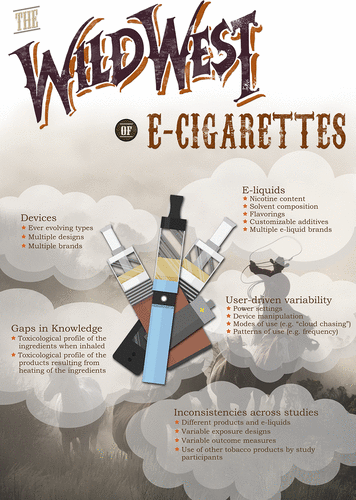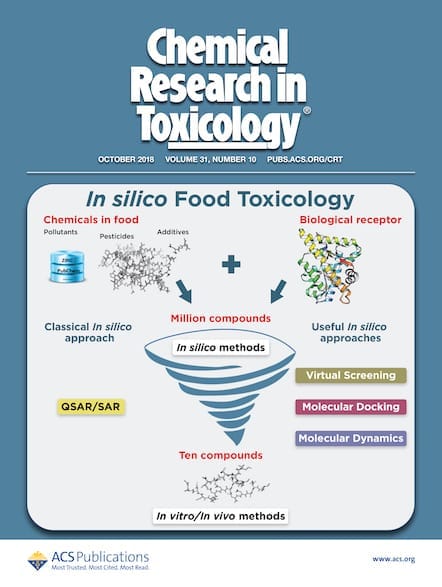The recipient of the 2019 Chemical Research in Toxicology Young Investigator Award is Professor Silvia Balbo, Assistant Professor, Division of Environmental Health Sciences at the University of Minnesota. Professor Balbo currently studies how DNA interacts with different chemicals to investigate how lifestyle and environment exposures cause disease. Her work focuses on the development of mass spectrometry-based […]


The recipient of the 2019 Chemical Research in Toxicology Young Investigator Award is Professor Silvia Balbo, Assistant Professor, Division of Environmental Health Sciences at the University of Minnesota. Professor Balbo currently studies how DNA interacts with different chemicals to investigate how lifestyle and environment exposures cause disease. Her work focuses on the development of mass spectrometry-based methods for the identification and quantification of DNA addition products (called adducts) in animals and humans.
Read an Interview with Professor Silvia Balbo
When did you first get into the chemical toxicology field and when did you know it was the field you wanted to explore for sure?
I started working in the field of chemical toxicology when I joined the International Agency for Research on Cancer (IARC) in 2006. I realized back then that this field was going to allow me to apply my medicinal chemistry background to research that would have a direct impact on public health. I felt that this was the type of research that deserved all my energy, passion, and enthusiasm.
What accomplishment are you most proud of ?
I think that my research in the fields of alcohol carcinogenesis and DNA adductomics have had the most impactful results. In the first case, we have been able to show for the first time that alcohol consumption induces DNA damage in the oral cavity of people who drink. This has provided important new insights on the mechanisms behind the role of alcohol in the increased risk of developing head and neck cancer. A better understanding of the mechanisms leading to carcinogenesis can have important implications in guiding the prevention and treatment of these cancers. Secondly, the development of our high-resolution mass spectrometry-based DNA adductomic approach is allowing us to characterize DNA damage and more general genotoxicity in ways that were not possible before. Prior to the use of this methodology researchers primarily investigated a single compound or a couple compounds at one time to examine the formation of a limited number of DNA adducts. However, now with the use of this adductomic approach we are able to examine complex exposures and obtain more comprehensive profiles of the resulting DNA damage. This methodology is showing promising results that are paving the way for its use in discovering mechanism of carcinogenesis in an untargeted and unbiased way that may lead to novel insight and unexpected new opportunities to understand these processes.
What are you looking forwarding to regarding your research?
My work is generating a lot of interest and is opening up opportunities to collaborate with other researchers. This allows for our research to take several different exciting directions, including profiling DNA damage from genotoxins originating from the microbiome and supporting the development of new chemotherapeutic drugs and markers to guide precision medicine approaches. Overall, I am looking forward to being able to use our approaches to continue to make a real impact on the prevention and treatment of cancer.
Read Some of Professor Silvia Balbo’s Recent Research Highlights:
DNA Adductomics

The Wild West of E-Cigarettes

